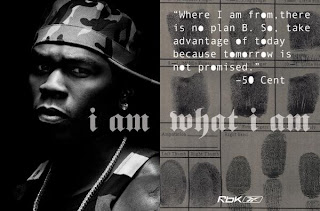Men's Health CSP analysis
Men's Health CSP analysis
1) Media Language
-Winning formula – well established front cover conventions. Central image, cover lines,masculine colour scheme, mix of serif and sans serif typefaces.
-Vin Diesel a strong central image – pose very deliberate to emphasise body shape. Delivering
what Men’s Health readers expect.
-Design emphasises value of offering – packed front cover suggests huge amount of content.
Cover lines with ‘127’and ‘103’ also suggests a wealth of information inside.
-Audiences feel part of the magazine, are rewarded for their knowledge and have their
expectations met.
Media Industries
-Decline in print due to rise in new/digital media.
-Men’s Health declined sharply but has come back up slightly (settled at 180,000 circulation).
-Diversification has strengthened Men’s Health brand with move into home gym equipment
and supplements.
-Digital platforms offer a slightly different version of the brand to retain and expand audience
– more ‘clickbait’ articles on sex and relationships plus motivational posts on Instagram. An
attempt to bring in a younger audience?
Media Representations
-Men’s Health has moved with the changing face of masculinity while retaining elements of
hypermasculinity. Five cover lines emphasise diet or weight loss – a very different
masculinity compared to 50 years ago (e.g. Score hair cream). However, cover lines offer
aggressive, hypermasculine language (“slay”; “demolish”).
-MH appeals to and retains the ‘metrosexual’ male – focus on grooming and appearance
(narcissism?) while also retaining elements of traditional masculinity (strength, leadership,
power).
Media Audiences
-Magazine offers a range of audience pleasures: Uses and Gratifications – personal identity
and surveillance. Readers see their lives and ambitions reflected on the pages and are
provided with solutions and workouts to achieve their goals.
-Articles demonstrate Men’s Health is willing to move with the times – mental health feature;
‘Marathon Man’ feature focuses on older men maintaining active lifestyle.
-Editor’s Letter is strange mix between highly educated and highbrow (Greek myths;
sophisticated language) and traditional masculine goals.
2) Vin Diesel:
-Famous Celebrity, Bandura social learning
-Male Gaze, Gill
-People are more likely to buy the magazine as Vin Diesel is famous and notable,
Editor's Letter and contents page:
-Information and health tips which could be useful as it shows the audience for Men's health magazine but also makes it easier to understand how they mentally function and view things.
Feature: True Git:
- Uses an old man as a way to motivate the viewer
- Uses an old man as a way of not alienating viewers that could be older
- Shows health as an accessory that someone can use all their life which can help benefit them.
3) Male Gaze, this can be used and talked about as Men's Health have pictures of men who have a certain body type which could be argued that they are objectifying them.
Ideas Change Over Time, this can be used to show the difference of traditional masculinity and how it has changed over the years.
5 Stages Of Masculinity, could be argued applied to the reader of the magazine and the majority audience.
4) "Men‘s Health is the world‘s best-selling men‘s magazine, providing readers with up-to-the-minute information on health, fitness, fashion, nutrition, relationships, travel, technology and finance."
"it currently covers various men's lifestyle topics such as fitness, nutrition, fashion, and sexuality."
"The study of Men‟s Health can be linked to social and cultural contexts through reference to body image and changes in what society deems acceptable and unacceptable representations."

Comments
Post a Comment